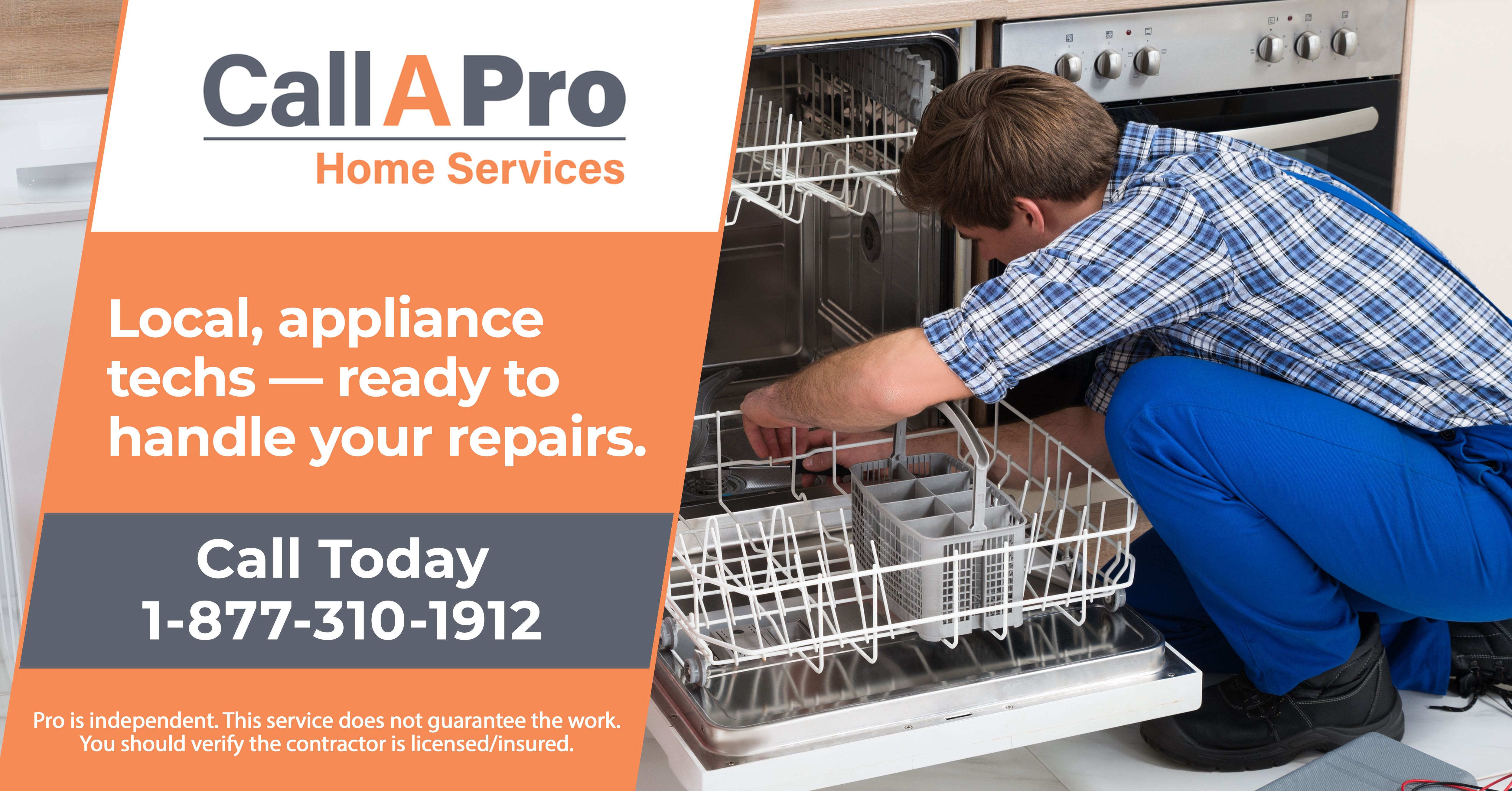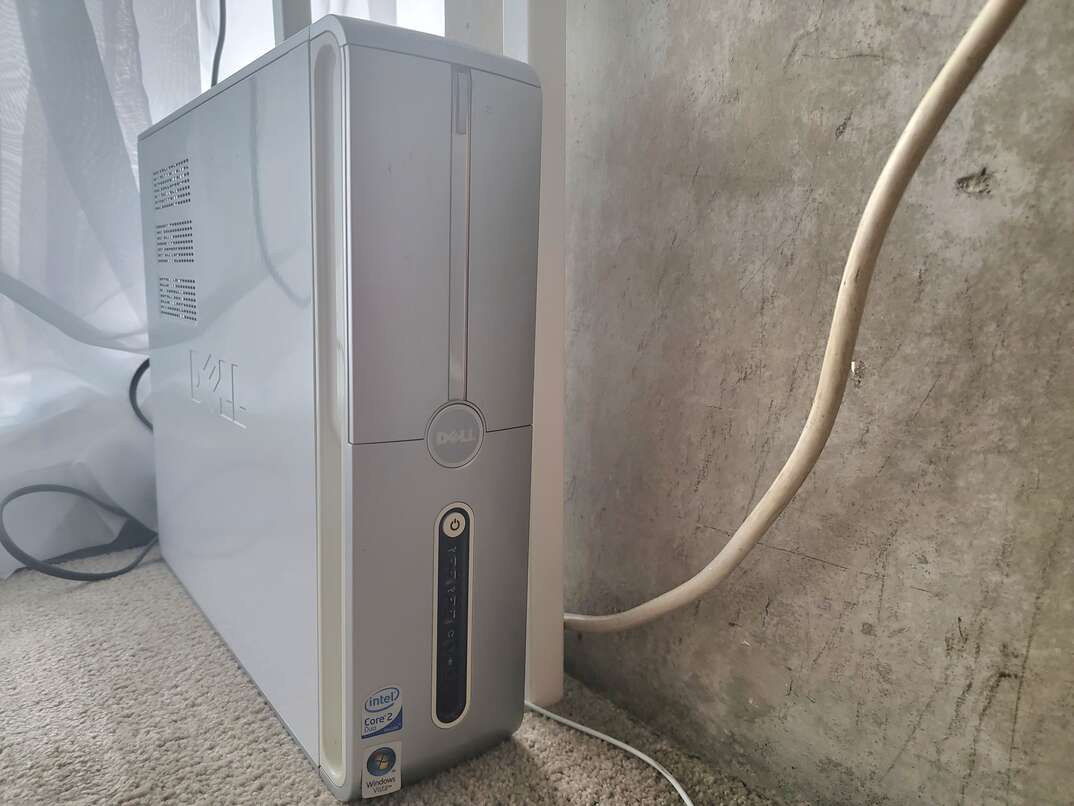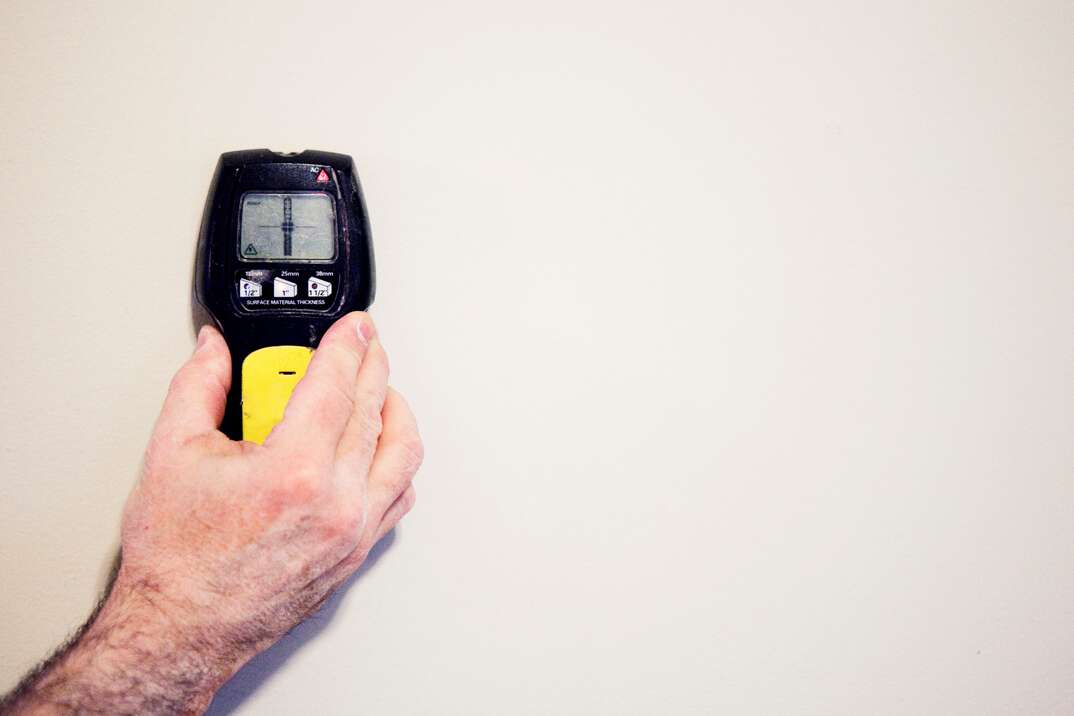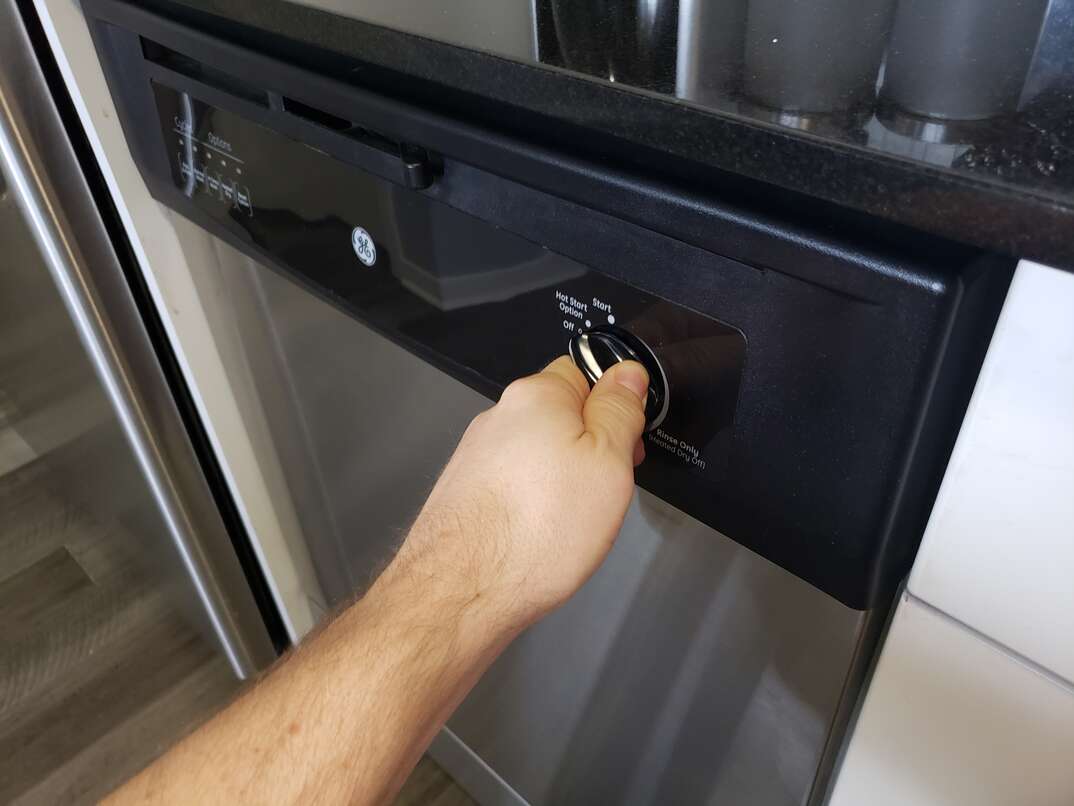5 Easy Steps to Get Water Out of Your Washer
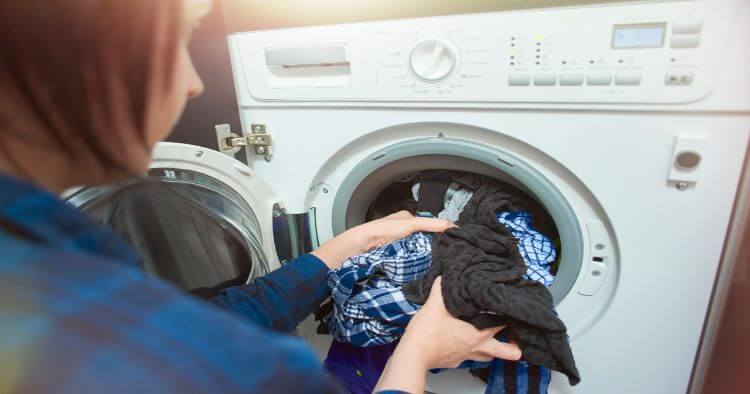
Most people assume that drainage is something a washing machine does automatically. However, this appliance actually needs a pump and drain line to drain properly. If the machine breaks down or if you are moving the machine, you need to take a little extra time to drain it completely. This easy guide will show you some tips for getting all the water out of your washing machine.
Step 1: Power It Down and Turn Off the Water Supply
Start by powering down your machine. If there is any problem, powering off the machine can keep it from getting worse. If you are trying to drain a washing machine for moving or drain a washing machine for storage, powering it down will keep any electronic problems from popping up. To do this, you need to both switch the power button on the model off and unplug your washer from the outlet.
Next, you just need to find your water supply hoses and turn them off. The water supply will be the red and blue hoses or knobs running from your machine to a pipe on the wall. Twisting them counterclockwise until they will not move further will shut off the water to the machine.
Step 2: See If You Can Drain the Drain Hose
The drain hose is the line that carries water away from your machine. It is gray on many models, and it typically just sits loosely in a large pipe on the wall. This drain hose almost always has some water in it, so you will need to drain it before you move the washing machine or clean it. If your washing machine is broken, it is still important to try to drain the drain hose. Often, the whole reason for a washing machine that won't drain is just a clog in the hose, so you need to disconnect it and take a look inside.
To do this, you can usually just wiggle the hose and slide it right out. Hold it upright in the air because if the end goes below the waterline in your washer, water may start to shoot out. When you have a bucket ready, lower the drain line and place it in the bucket. If water drips out or moves slowly, you probably have a drain clog. Fortunately, drain lines are short enough that removing a clog is simple. Just break up the blockage with a plumber's snake or an unclogging solution.
Step 3: Check Out the Drain Pump
Washing machines use a pump to remove water from the machine, and this can also get clogged. If that happens, you can open up the washer and access the pump. Models vary, so check your user manual to see where the pump is located. Drain pumps are usually translucent, so you may be able to see the clog from the outside.
Following the user manual, disconnect the drain pump to access the clog. Have a bucket handy since water may come out when you do this. Then, you can just use pliers to pull the clog away. In some cases, the pump itself may be bad. This usually results in leaks and strange noises, and it will need to be replaced to drain the machine.
Step 4: Drain the Interior Manually If Needed
If you have checked all the components of the drain line and still cannot get the machine to drain, you may want to consider draining it manually. This is not an actual fix, but it will keep water from sitting around inside your machine and let you access your clothes.
If you want to drain water from a front-loader washing machine, you can try the drain hose process outlined in step 2. Do not try to open the door since this will let water gush out all over your floor. For a top-loading machine, it is quite simple. To drain the water from your washer manually, start by using a siphon or a bucket to get out most of the water. When it is too low to scoop up any more, use towels to soak up the remaining water.
Step 5: Know When to Call a Professional
One of the final and most important steps of how to drain water from a washing machine is simply knowing when to get some help. Washing machines are fairly complex appliances. The average homeowner can handle the basic drainage project, but some repairs may be hard if you do not have the expertise. There are potential issues like a broken drain pump or a snapped belt that can keep your washing machine from draining properly. Call an expert plumber if it still will not drain or if the machine is making strange noises.
It’s a smart idea to be prepared for appliance or plumbing breakdowns with a plan from HomeServe. When something goes wrong, you can just call our 24/7 repair hotline and one of our team members will then send out a local, licensed technician to assist with the problem. See what plans are available in your neighborhood.
